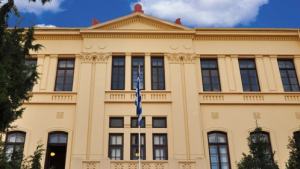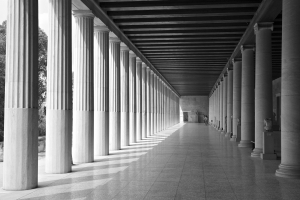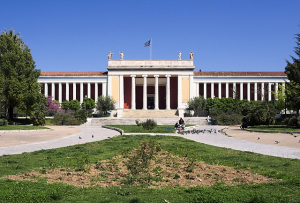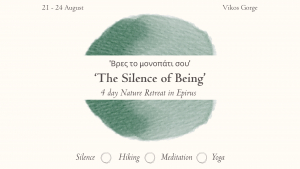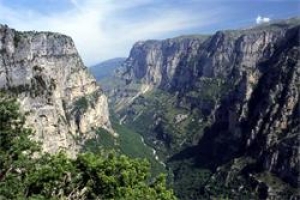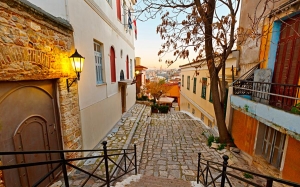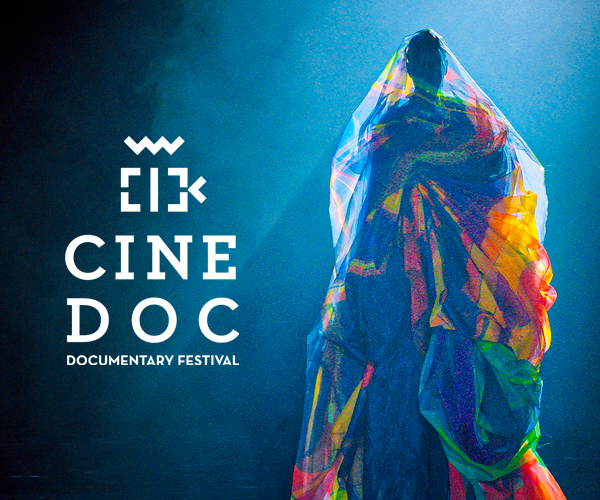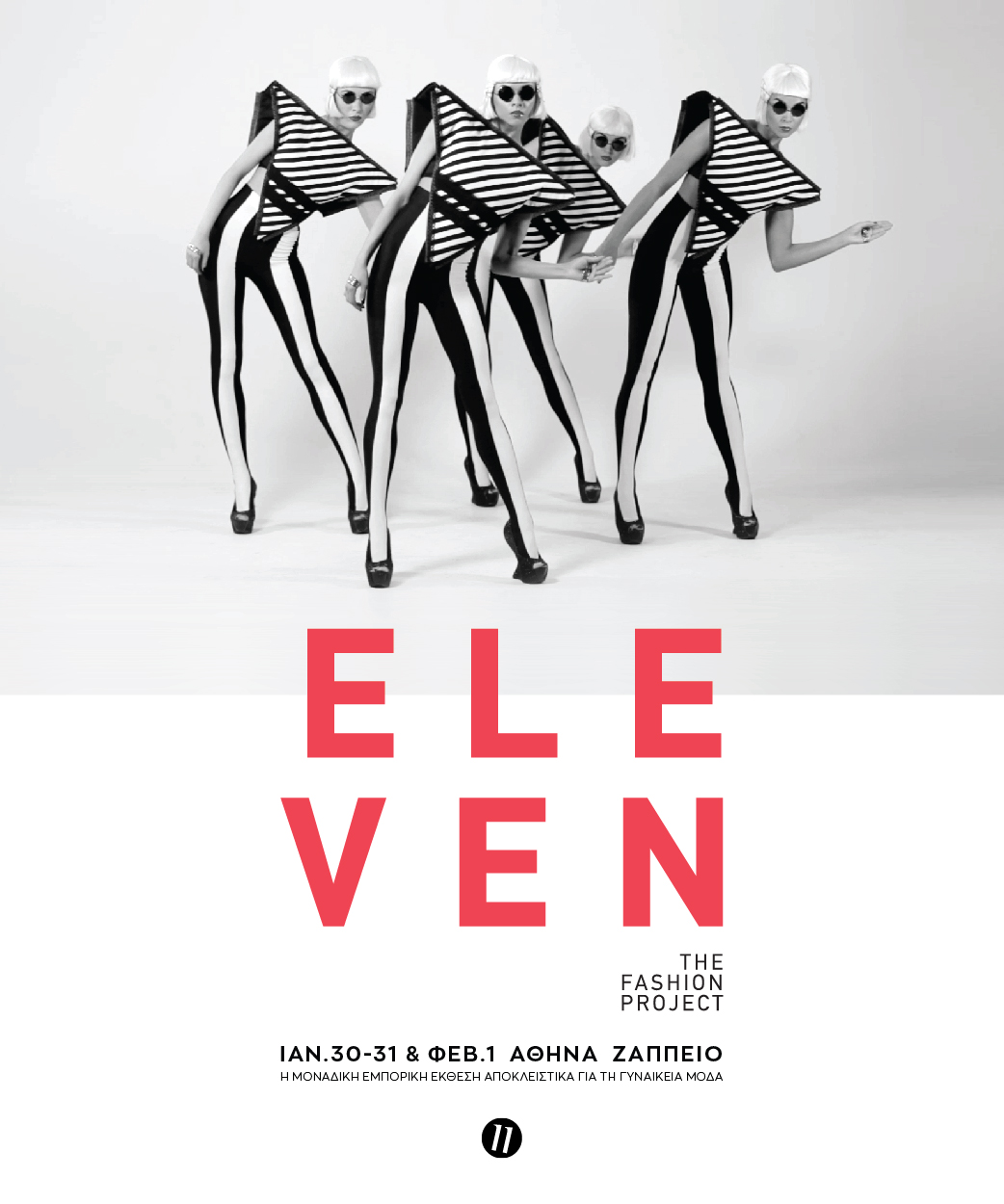XpatAthens
Aristotle University Of Thessaloniki Offers Medical Degree In English
Recently, the Medical School of Aristotle University of Thessaloniki (AUTH) opened for the first time its doors to English-speaking students from all over the world by launching its first 6-year Undergraduate Program in English.
Being one of the most prominent Schools in Greece, AUTH’s School of Medicine is committed not only to developing specialized professionals but also to cultivating responsible individuals. Within a framework of research and innovation, the Program provides a world-class medical education that triggers a passion for learning, a desire to serve, and a steadfast commitment to improving the health and well-being of society. The main goal of the School of Medicine is to educate medical students, as well as to provide health professionals with the highest scientific standards. An additional aim is to perform high-quality research frequently in collaboration with other Greek and international research centers. The students of this program will participate in various research programs of the Laboratories and Medical Departments and will be shaped by the ethical values that compose the world of Medicine.
In regards to the Program’s curriculum, clinical skills are shaped from the first semester and clinical rotations start from the 4th year. In order to obtain the Medical Degree students are required to complete 83 modules (76 courses and 7 courses – clinical traineeships).
To read this article in full, please visit: greeknewsagenda.gr
The Story Of Modern Athens Through Its Architecture
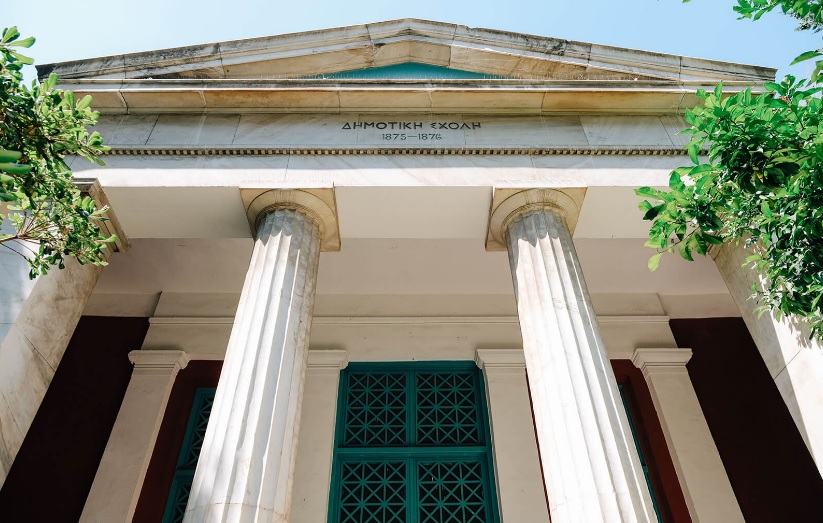
Credit: Georgios Makkas
Athens is established as the capital of Greece and the modern metropolis takes shape. Drawing inspiration from ancient Greece, architects introduce neoclassical elements. Impressive public buildings dominate a landscape of low-rise, stand-alone residences with gardens.
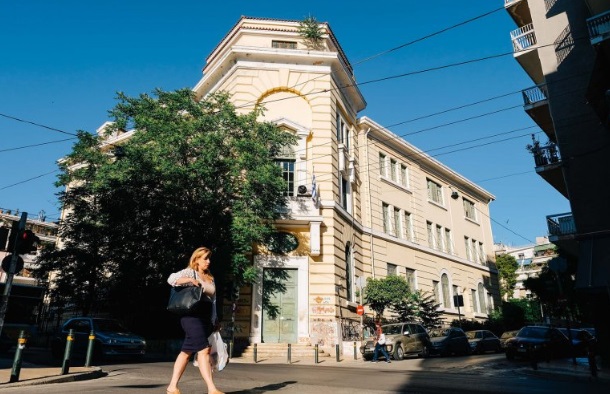
Credit: Georgios Makkas
The emphasis shifts from public buildings to private residences, as the city’s elite display their wealth in luxurious mansions with eclectic flourishes.
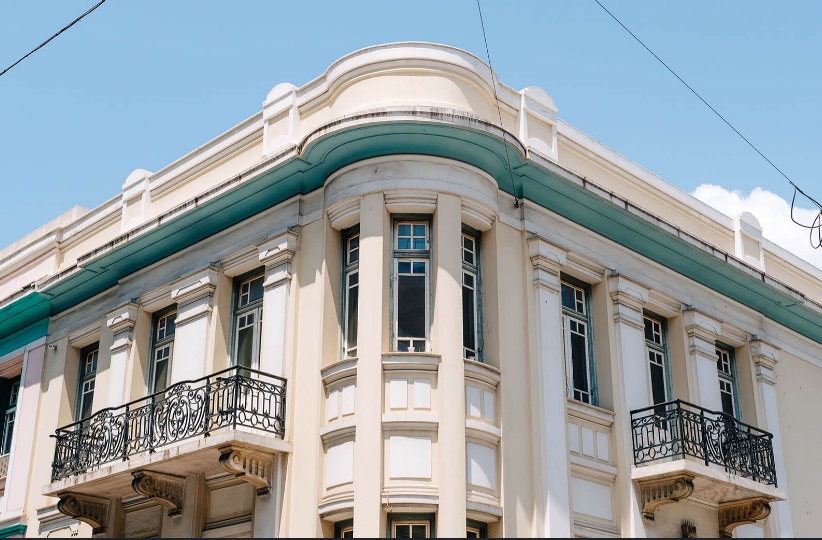
Credit: Georgios Makkas
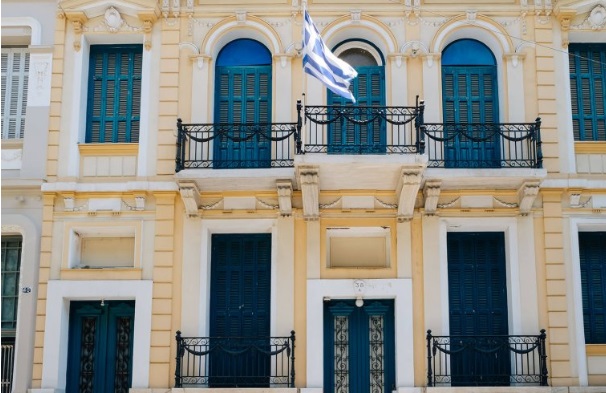
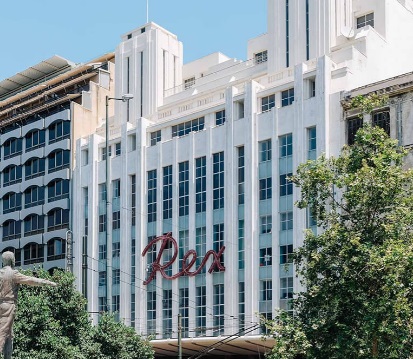
To read this article in full, please visit: thisisathens.org
New Look For Central Athens With Museum Makeover
The revamped museum will have an underground car park, dining areas, a new garden, and entrance, and will harness natural light to highlight exhibits and spaces. The museum’s priority is to showcase the Greek civilization through exhibits spanning the centuries.
However, it will not be limited only to ancient Greek art, as it will also seek to open new paths into contemporary art. The plan stipulates that the main exhibition space will increase to 11,000 square meters from 7,800, while spaces intended for temporary exhibitions will be expanded to 1,430 sq.m. from 400 sq.m.
To read this article in full, please visit: ekathimerini.com
The Silence of Being
When: August 21-24, 2025
Where: Vikos Gorge, Epirus
Email: intheopenioannapappa@gmail.com
Contact: WhatsApp +306907910519
Instagram: ioannapappa___
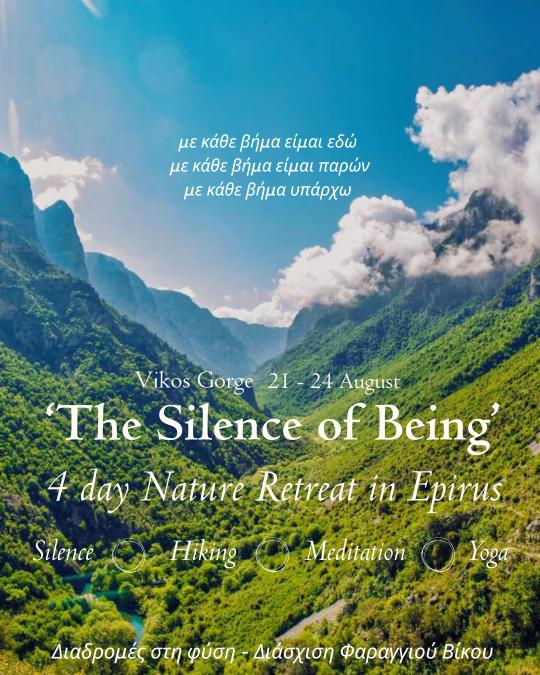
Hiking Ancient Trails In The Vikos Gorge
In the mountains of Zagoria villages you can hike through the deepest gorge in the world in Vikos-Aoos National Park, wander the cobbled streets of tiny rural communities with their preserved old mansions in the unique Zagorian style. Follow ancient tracks you can discover elegant stone bridges and refresh the clear rivers of Zagoria.
The Vikos Gorge lies in the North Pindus Mountains in the historic area of Epirus, 30 kilometers north of Ioannina and 38 kilometers from the Albanian border. The area, called the Zagori, has 44 villages called the Zagorohoria. The 12-kilometer gorge itself can be hiked in two or three parts: Monodendri north to Vikos; Vikos to Papingo, and Monodendri south to Kipi and its lovely arched stone bridges.
Part of the pleasure of hiking the gorge comes from the long journey to get there. A car trip from Athens to Ioannina takes 7 hours with an advised overnight in Ioannina to enjoy this lakeside town with its Ottoman-flavored bazaar and inexpensive eateries rimming the lake. After Ioannina, it's only 16 kilometers to the first villages of the Zagori. The mountain road is steep, narrow, and winding. Local drivers tear around hairpin curves leaving little space for oncoming traffic.
By bus from Athens, the journey requires calculation to connect with the smaller buses to the Zagori. Long-distance (KTEL) buses leave Athens Bus Terminal A (Kifissou Street) nearly every hour starting at 6:00. The trip is approximately 7 hours with a spectacular crossing of the new bridge at Rio. Buses can be packed with Albanians making bus connections in Ioannina for the Albanian border so arrive at the station early if you need to make a connecting bus to the Zagori.
Two bus services leave Ioannina for the Zagori. One goes to Monodendri and villages near the south end of the gorge, leaving Ioannina at 6:15 and 16:15. The second goes to Mikro Papingo and Megalo Papingo and the villages near the north end of the gorge, Monday, Wednesday and Friday at 5:15 and 14:30.
The village of Monodendri, on the rim of the gorge near the south end, is a good spot for those who want to hike the entire gorge as well as view the famous stone arched bridges over the river below the gorge. Nearby Vitsa is also good for hiking the gorge, although it's a distance to reach the entrance to the gorge.
The villages of Mikro Papingo and Megalo Papingo, at the north end of the gorge, are better suited for hikers who want to hike the gorge as well as east into the Gamilla range.
The challenge of hiking the Vikos Gorge is how to return to your point of origin. The long, winding gorge and its deep side ravines separate villages from each other. It can take hours to drive to a village that is visible across the gorge. Local buses make twice a day flying stops in the village squares with one service connecting the villages near Papingo and the other connecting the villages near Monodendri.
Source: Hiking in Greece
Stormy Weather & Low Temperatures On Election Day
The national meteorological service EMY has announced that the weather will take a turn for the worse over the weekend, when the critical general elections are scheduled.
According to EMY the west, east and southern party of the country will experience rainfall and occasional storms, while the rest of the country will see overcast skies with sporadic showers. Mountainous regions may see localized snowfall.
The westerly winds will be strong, measuring between 20 and 50 Km/h in most parts of the country. In the eastern parts of the country, particularly in the Aegean, the south southwesterly winds may exceed 70 Km/h.
To read more, please visit tovima.gr/en
Airbnb Athens Bookings Boosts Local Economy By 69 Million Euros
Greek Archaeologist Claims He Found Aristotle’s Tomb At Stagira
Ithaca - Mobile Laundry For The Homeless
Ithaca's goal is twofold: to raise homeless’ people hygiene standards and restore their dignity, as well as to create opportunities for them. Ithaca manages to accomplish the latter by employing people from social vulnerable groups on a part-time basis for up to 12 months, contributing in this way to their social integration.

